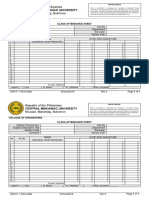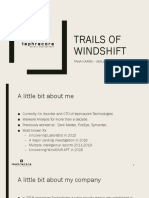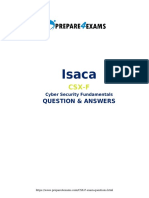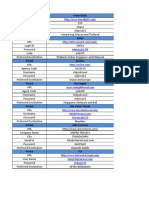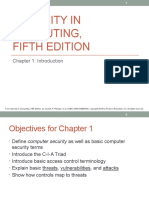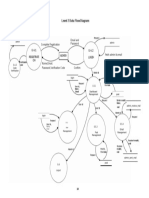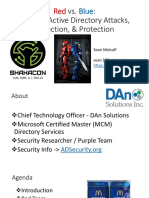0% found this document useful (0 votes)
36 views3 pagesList of Aws Controls You Can Test For Security Governance:: Saas-Based Web Application and Api Penetration Testing
The document discusses penetration testing of AWS cloud infrastructure. It provides tools like Prowler and CloudSploit that can be used to scan for vulnerabilities in AWS. It lists different areas that can be tested, including governance, network management, encryption controls, and logging/monitoring. The document notes some parts of AWS like physical hardware that cannot be penetration tested. It outlines steps to take before testing like defining the scope and getting approvals. Finally, it recommends remediating highest risks first after a test and having the testing company retest to verify fixes.
Uploaded by
Manoj KumarCopyright
© © All Rights Reserved
We take content rights seriously. If you suspect this is your content, claim it here.
Available Formats
Download as DOCX, PDF, TXT or read online on Scribd
0% found this document useful (0 votes)
36 views3 pagesList of Aws Controls You Can Test For Security Governance:: Saas-Based Web Application and Api Penetration Testing
The document discusses penetration testing of AWS cloud infrastructure. It provides tools like Prowler and CloudSploit that can be used to scan for vulnerabilities in AWS. It lists different areas that can be tested, including governance, network management, encryption controls, and logging/monitoring. The document notes some parts of AWS like physical hardware that cannot be penetration tested. It outlines steps to take before testing like defining the scope and getting approvals. Finally, it recommends remediating highest risks first after a test and having the testing company retest to verify fixes.
Uploaded by
Manoj KumarCopyright
© © All Rights Reserved
We take content rights seriously. If you suspect this is your content, claim it here.
Available Formats
Download as DOCX, PDF, TXT or read online on Scribd
/ 3







